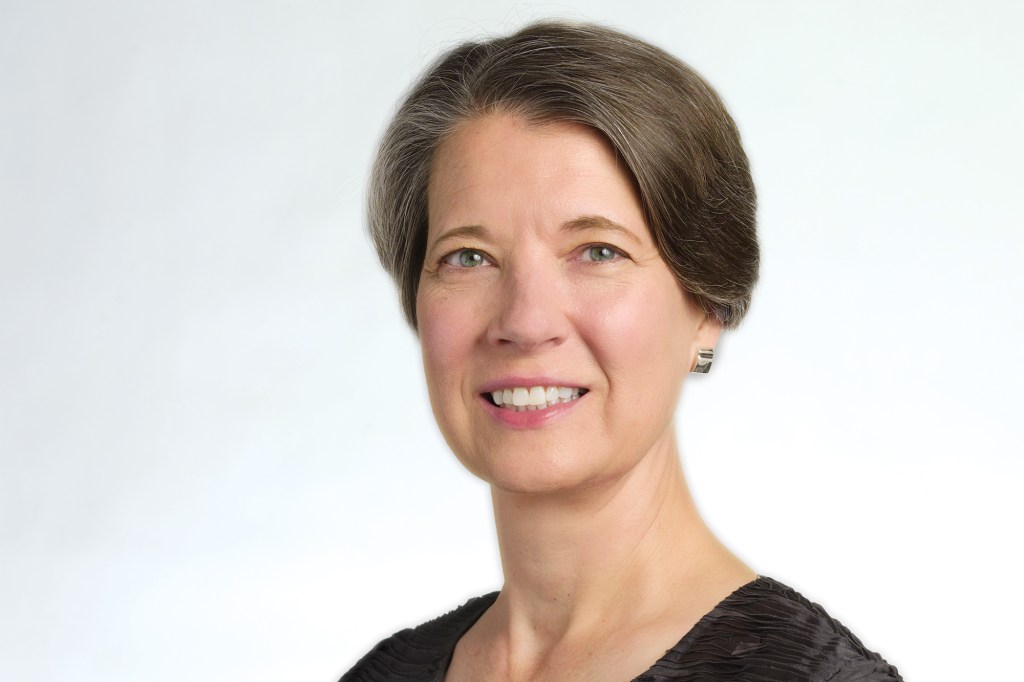Like many of her colleagues, Patty Glasow got her start in lighting in high school when she caught the theater bug. Her early training, however, was special: The school was affiliated with a professional roadhouse were musicians such as Bette Midler, Joni Mitchell, and Frank Zappa performed, and she got firsthand training in lighting, rigging, and sound—anything that had to be set up for the shows.
firm she has led and helped grow for the past 31 years: San Francisco–based Auerbach Glasow French (AGF).
Who have been some of the influential people in your career?
My high school technical theater teacher, Diane MacDonald. She taught me the essentials of theater. Tharon Musser: She was called the dean of American lighting designers. She used the first computer lighting console on Broadway. And Len Auerbach: Seeing how he works as a designer and businessman, the consummate creative collaborator, has been very influential.
Is there a text that’s influenced you?
Stanley McCandless’ book on theatrical lighting—A Method of Lighting the Stage (1932). It’s out of date, but when I started, that was one of the few books available. The other is Richard Pilbrow’s Stage Lighting (1970). I think it’s in that book that he talks about the concept of single-source lighting. It fascinated me because it’s the simplicity of a real primal light.
How has lighting practice changed?
There’s just so much more of everything. It’s more complicated, more technical, more international, and more code requirements.
What is AGF’s design philosophy?
It’s really about approach and working method, and an attitude of how we work. It’s not about a style or a look. We’re program-driven and process-oriented, so it really depends on the project. We’re very collaborative with our clients.
How have LEDs and new advances in control systems expanded the designer’s toolbox?
It pushes your creativity. You’re always learning, and that opens up new ways of doing things. The fundamentals of design don’t change, just the tools.
“I look at architecture from an audience perspective. What do I see and experience as I move through the space? I liken the architecture profession to the theatrical profession: owner as producer, architect as director/set designer, interior designer as costume designer, and lighting designer as lighting designer. That remains unchanged.” — Patricia Glasow, principal, Auerbach Glasow French
